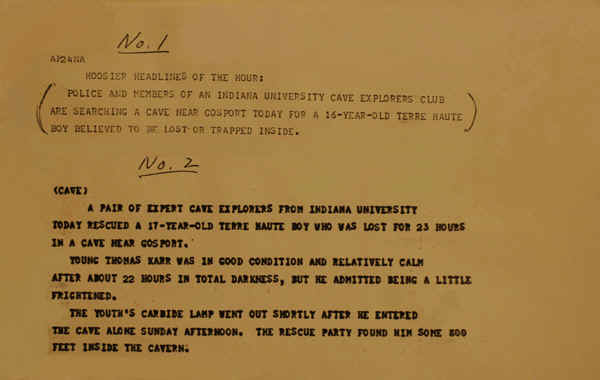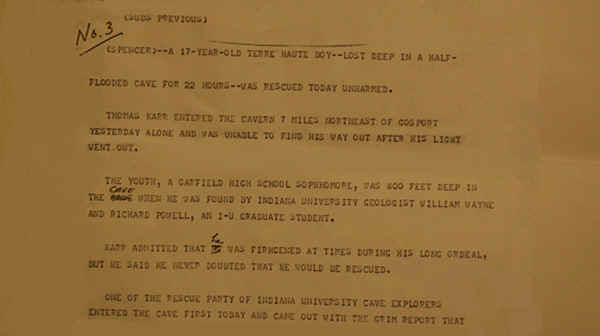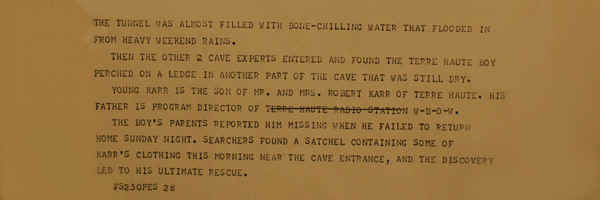| TomKarr | |||||
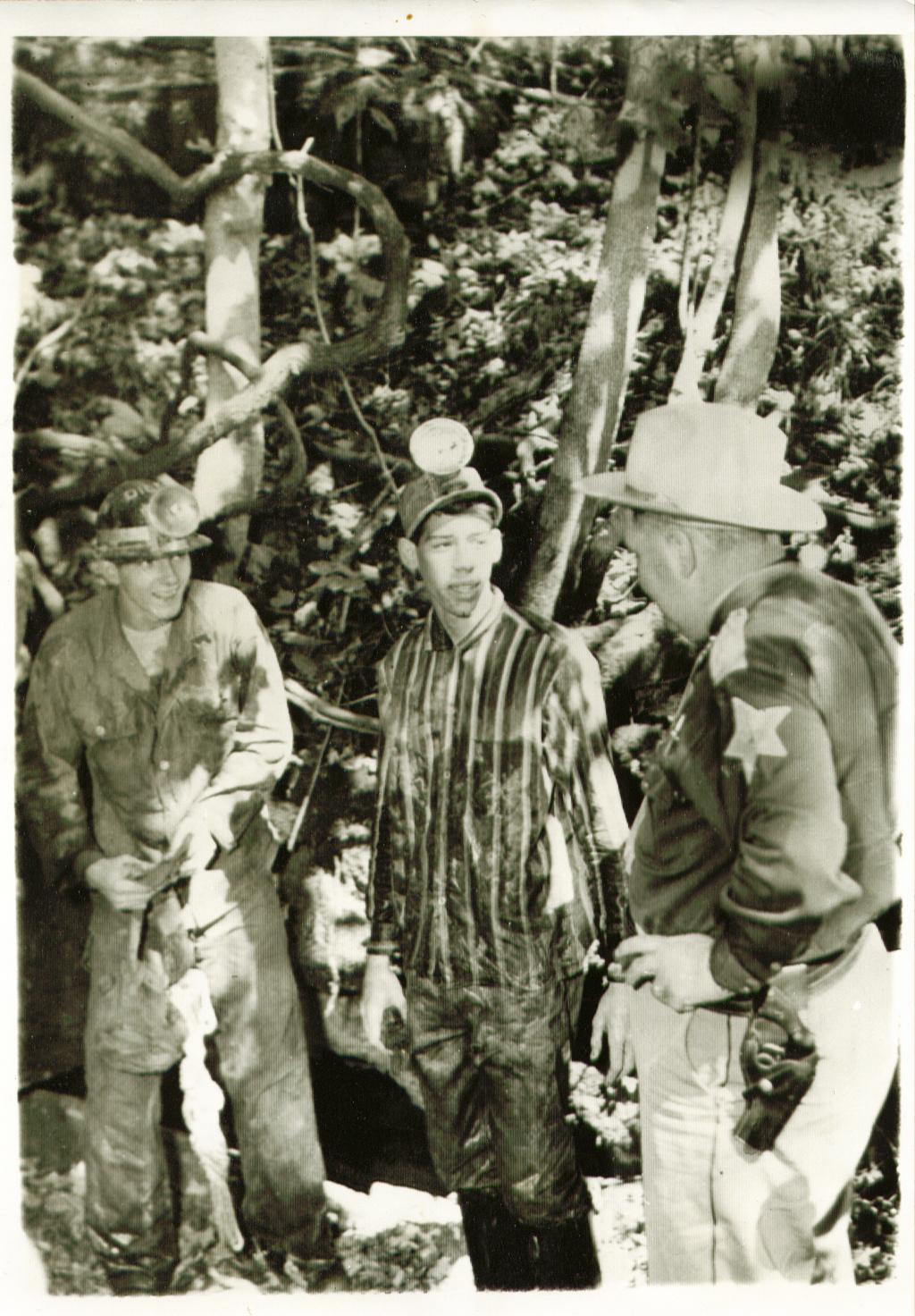 |
|||||
|
Tom Karr (center), thanking the Sheriff and Indiana University rescuer. At the bottom of the picture, the entrance to Lost Boy Cave can be seen. |
|||||
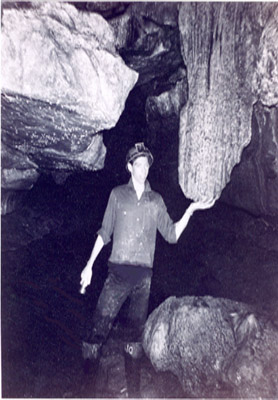
Tom inside Lost Boy Cave |
|||||
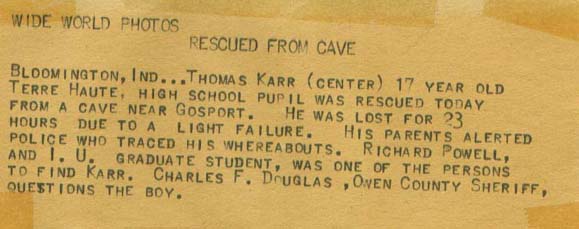 |
|||||
| "Tom was trapped in a cave in Gosport, Indiana, during his high school days, when his light fell to the cave floor and broke. In total darkness, and alone, he was unable to find his way out. Feeling the walls of the cave for a way out were all he could do, but he became lost deeper and deeper in the passageways. The next day he was rescued by a spelunking team from Indiana University. The story made papers from coast to coast and the previously unknown cave was named for Tom, as "LOST BOY CAVE" and is listed as such in the Indiana Cave Digest." |
|||||
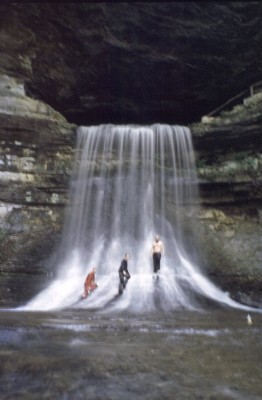
Lost Boy Cave ends here |
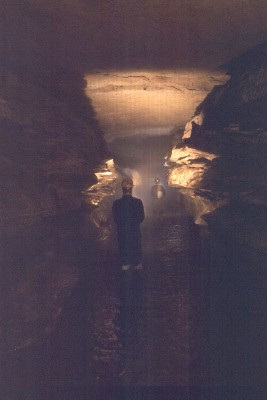
Lost Boy Cave |
||||
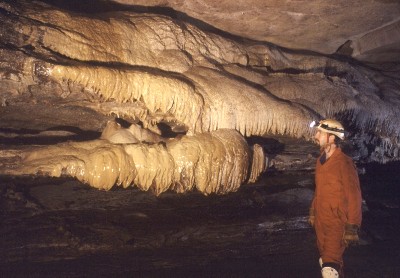 |
|||||
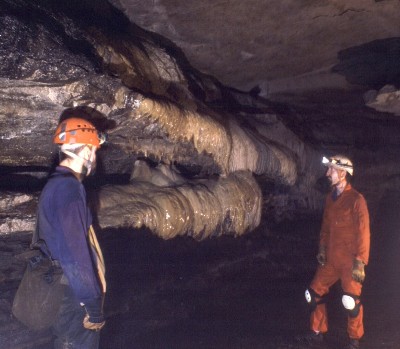 |
|||||
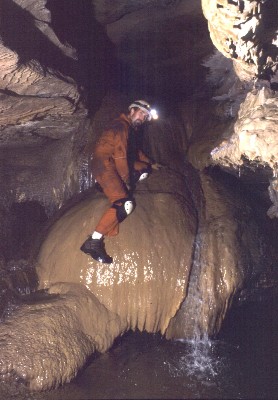 |
|||||
|
Introduction Lost Boy Cave is located in northeastern Owen County near the Morgan County line very close to Porter Cave. It got it’s name from an incident when Terre Haute teenager Tom Karr was rescued by Indiana University geologist William Wayne and graduate student Richard Powell, who found him cold and wet but otherwise unharmed after his single light source had failed the previous day. (See related stories) |
|||||
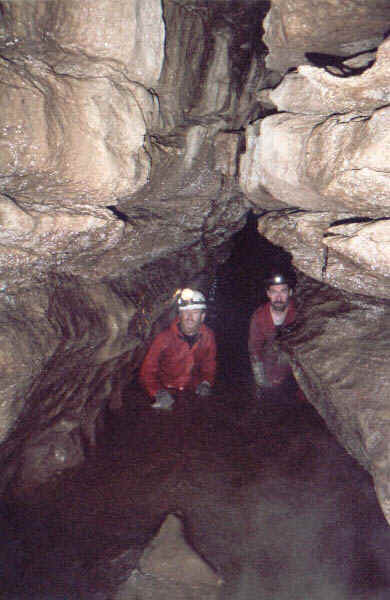 |
|||||
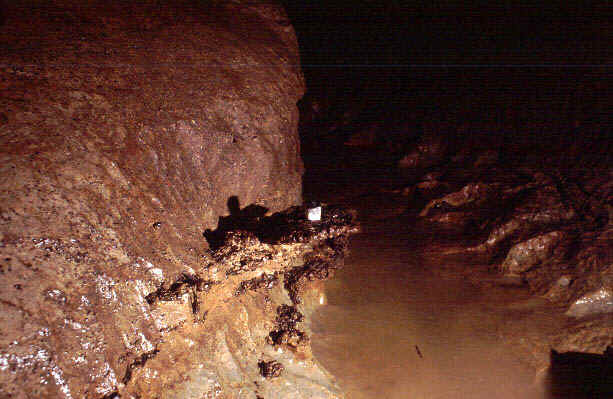 |
|||||
|
Brief History
|
|||||
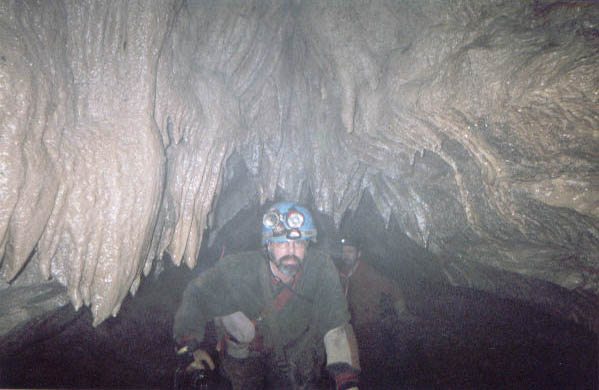 |
|||||
| Dave Everton explores LOST BOY CAVE | |||||
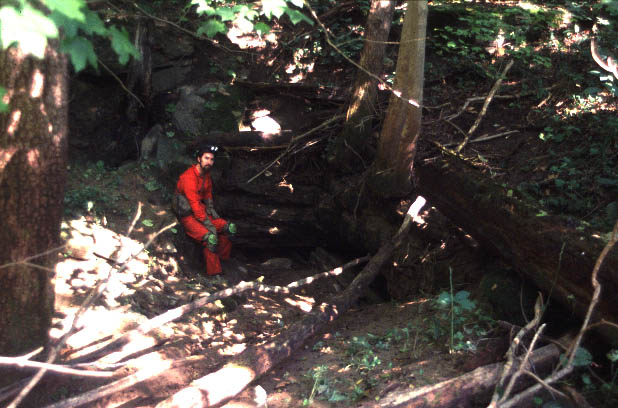 |
|||||
| ( the entrance to LOST BOY CAVE as it appears today ) spelunker unkown. | |||||
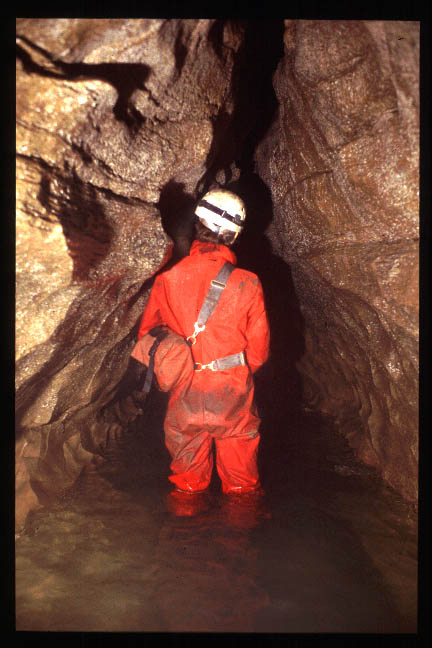 |
|||||
|
|
|||||
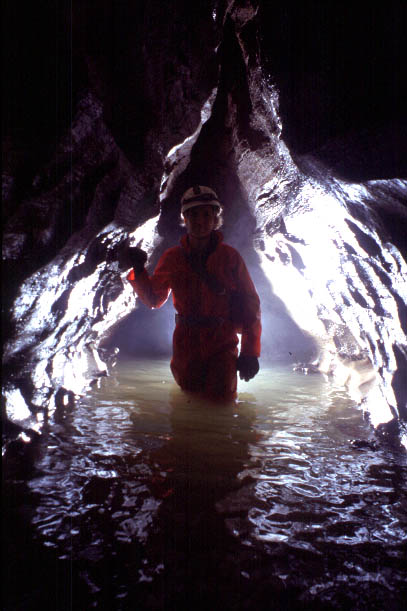 |
|||||
|
|
|||||
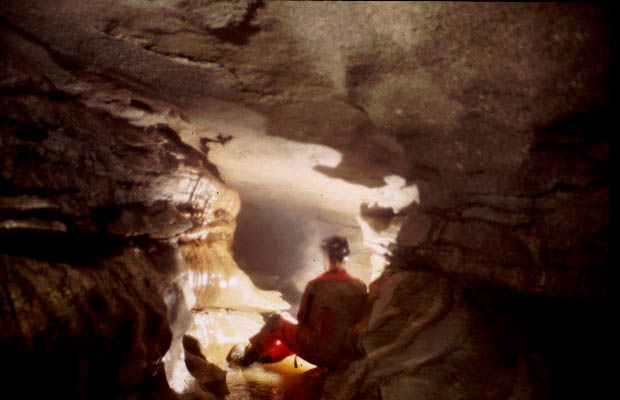 |
|||||
|
Cave Description Lost Boy Cave is most likely developed in the Harrodsburg limestone and is a major in feeder into Porters Cave. The exact source and path of the water is not yet completely known, but likely flows through nearby Bi-County Cave and then into a short 84-foot segment of passage called Stevens Cave (which contains a siphon at it’s downstream end) before flowing into the upstream siphon end of Lost Boy Cave. |
|||||
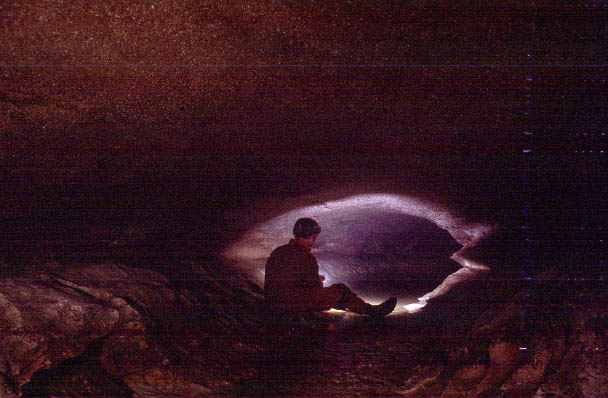 |
|||||
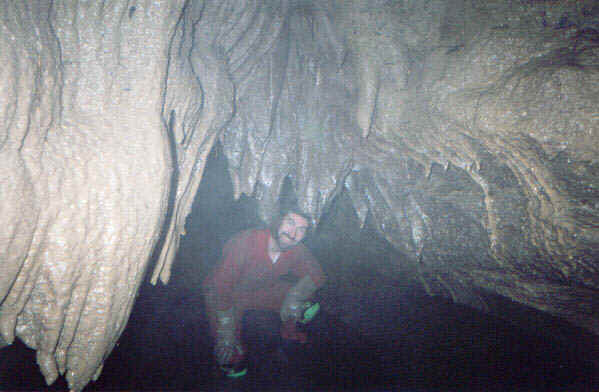 |
|||||
|
|
|||||
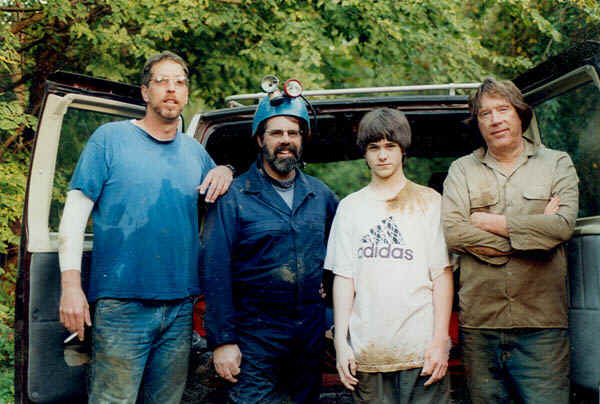 |
|||||
|
|||||
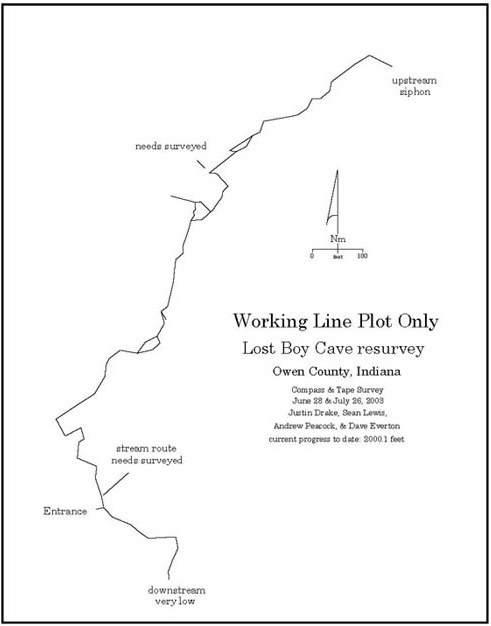 |
|||||
